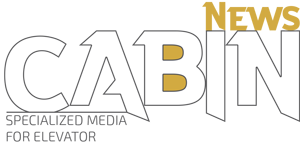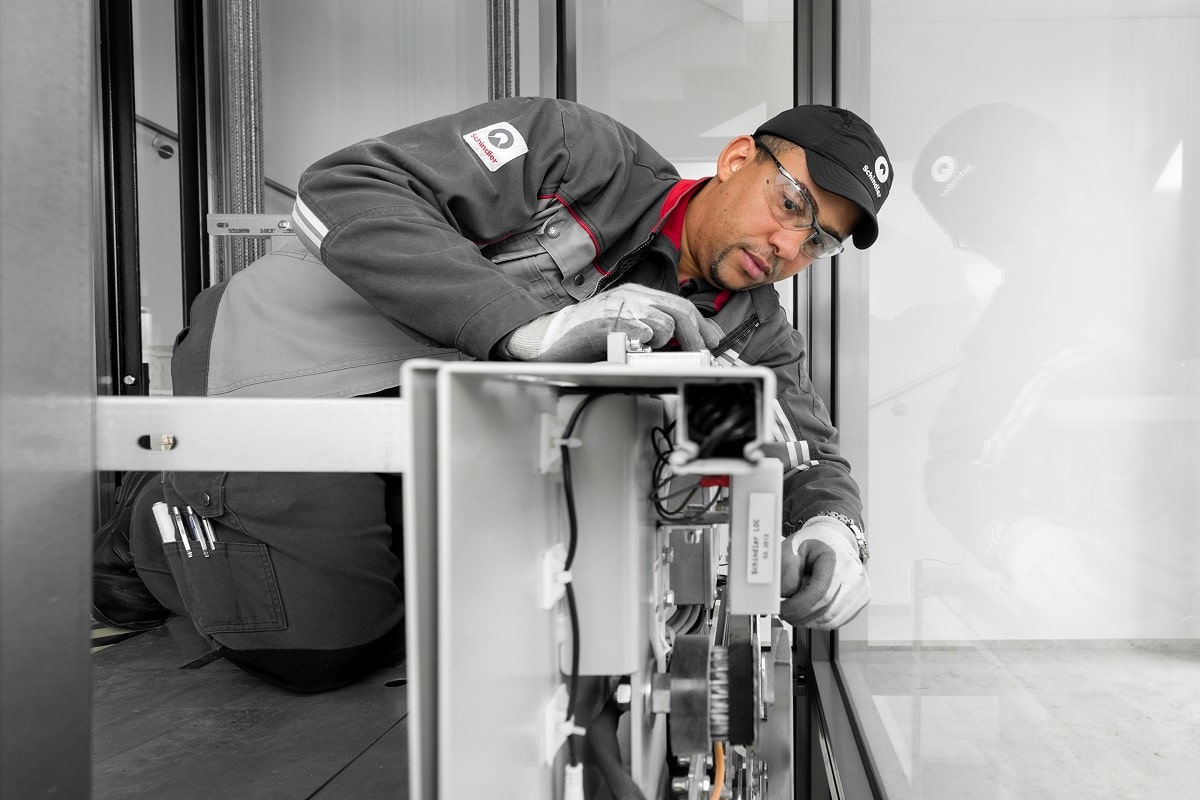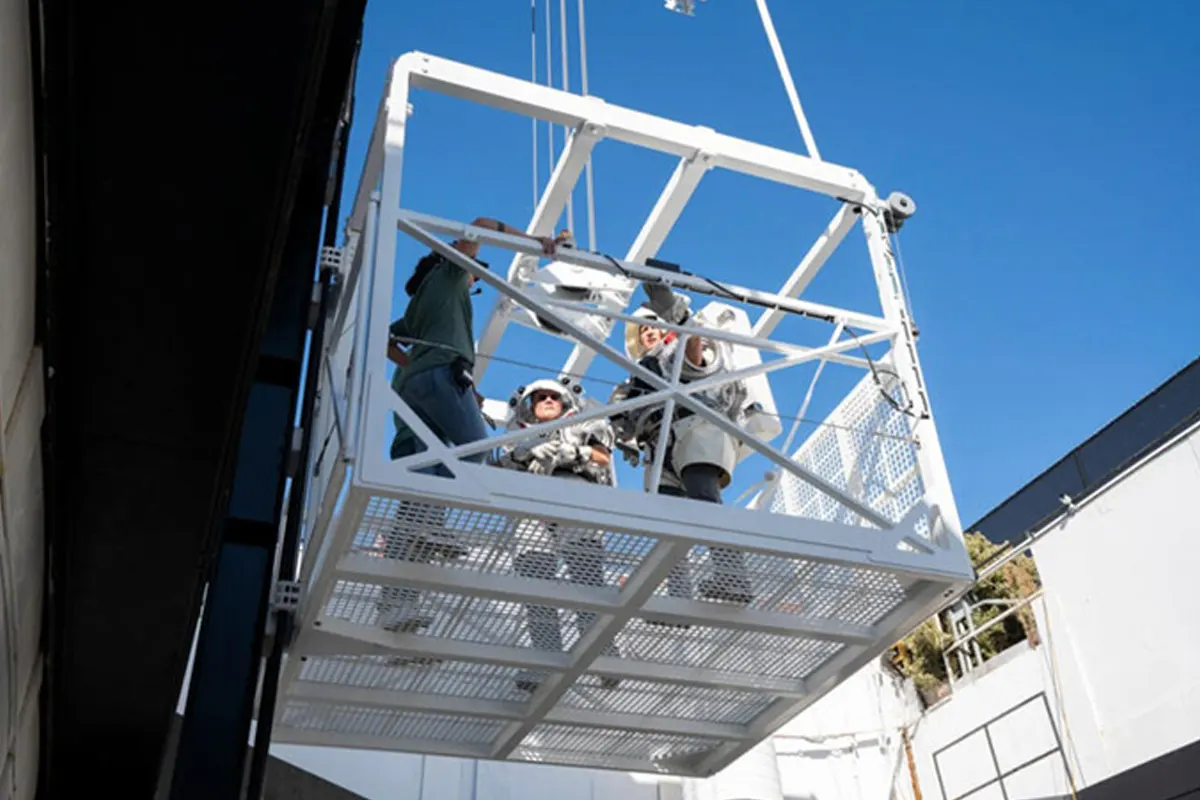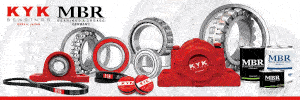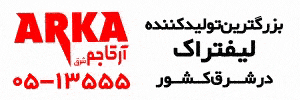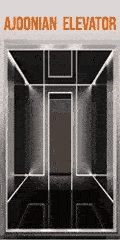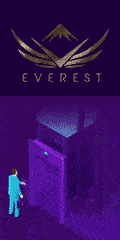Elevators make an impression on the riding public. Substandard or down equipment detracts from the user’s or tenant’s perception of the building. Even something as simple as push buttons with worn faces or burned out light bulbs, or surfaces that are badly scuffed or scratched implies that the equipment is not well taken care of. Appearance counts, and there are many replacement parts available which will allow you to make smaller upgrades without the need to replace the full system to a newer version.
Almost always, it is simply a matter of properly maintaining the equipment to keep it functioning, operating safely and in good appearance. Good maintenance prevents scenarios involving entrapments or accidents that will absolutely cause further (and more expensive) repercussions for both the building owner and service provider. Good maintenance also helps avoid costly repairs further down the road.
For example, the common wear items can be easily and inexpensively replaced – but when neglected they will lead to further damage. We all know the stories of motor brushes being left in too long resulting with an expensive motor replacement or overhaul. Even lack of lubrication or lack of proper lubrication replacement will lead to costly component replacement and downtime.
With such variety between manufacturers, even within the same brands, there is no one-size-fits-all elevator maintenance schedule or to-do list. There are however, simple steps, even just occasional eye checks, that will go a long way towards a safer, lower-cost equipment lifespan. Let’s look at a few of the key elevator areas building owners and onsite staff can maintain fairly easily.
Hallway fixtures and car operating panel maintenance tips
- Buttons must be functioning; not broken or frozen in place, labels should be clearly visible and buttons that are illuminated should light up. Replace any damaged buttons or their components as needed.
- Key switches should be checked for operation or damage including broken keys or debris stuck in the key slot. Key switch lock plates that indicate the function and position of the key switch should be present and legible.
- Position indicators and lanterns should illuminate and display correctly. Replace broken lenses, circuit boards or the entire fixture as needed.
- Ensure the emergency communication device is properly labeled and functioning.
- Check the audio messaging unit if so equipped.
- Replace bent or damaged panels and fixtures.
- Ensure all mounting screws are installed, of the proper type and tightened down.
Hoist way and car doors, operators and car top maintenance tips
- Inspect the door gibs for wear or issues, and the rollers for flat spots, loose treads or other damage. Doors should operate smoothly without excessive noise. Sill plates grooves and header tracks should be in good shape without damage that would affect the gib or roller operation.
- Car door opening and closing speed should be checked, and the closing force must comply with local codes.
- Hoist way doors must close completely shut; make sure the spirators or other closing devices are working correctly and are not worn or out of adjustment.
- Door operator arms and linkage should be inspected for wear or damage.
- Door clutches, relating cables and pulleys should be inspected.
- Door restrictors must be functioning and prevent opening of the car door when the car is not in the door zone.
- Ensure the hatch door interlocks are functioning mechanically and the electrical contacts make and break as intended. Contacts should not be excessively worn or pitted and must not remain in a shorted state.
- Car top maintenance station should be present if originally installed, in good working shape with all buttons functional. Work light bulbs should be replaced if burned out.
- Car top exits must be latched and opened from the top side only.
Hoist way, pit areas and overhead maintenance tips
- Smoke detectors and sprinklers, where required, should be operational.
- Pit areas should be clean, without debris or spilled oil.
- Oil buffers should be filled with oil, and coil springs should be in good shape without any missing coils. Buffers must be secured in position.
- Traveling cables should be in good shape and cable attachments must be secured in place.
- Guide shoes and rollers should be inspected for wear and replaced as needed. Typically, guide rollers are not lubricated, but guide shoes/inserts might be depending on the manufacturer’s recommendations. Ensure all rails and guides for the car and counterweight are clean, solid and lubricated if required.
Traction elevator maintenance tips
- Ensure the machine has the proper lubrication type and level and replace it per the manufacturer’s recommendations. Drive sheave grooves can wear over time; worn sheaves should be regrooved, repaired or replaced as needed.
- Replace leaking or worn seals and packing.
- Ensure the machine brakes are functioning and there is adequate brake lining or material on the pad/shoe.
- Change motor brushes before the material was worn down (tip – write down the brush part number and vendor and keep for reference). Machine mountings, pads and bedplates should be present and securely fastened.
- Deflector, secondary and counterweight sheaves should be examined for groove damage and bearing failure.
- Ropes should be inspected for wear, fraying or oxidation (rouging). Rope diameter can be easily measured using a go/no-go rope gauge that indicates if replacement is needed or use a caliper to measure the rope diameter. Traction ropes usually require lubrication, and the lubrication system should be looked at on a regular basis for grease replacement. Governor ropes are not lubricated however, and usually require replacement if lubrication is present if accidentally applied or through leakage.
- Governors should be functioning correctly and adjusted to the proper trip speed per the equipment manufacturer. Jaws must be operational and in good shape, sensors and switches must be fully operational.
Hydraulic elevator maintenance tips
- Ensure that the oil reservoir is properly full of hydraulic oil rated for the equipment. Replace the oil per the manufacturer’s recommendations, if the oil is contaminated with water or other impurities or is obviously degraded.
- Jacks should be regularly inspected for piston wear (scratched or worn surfaces) and may have to be replaced if severely worn or suffer cylinder leakage. Jack packing should be replaced when showing signs of oil leakage. Synchronization cables or chains should be looked at for wear or damage and replaced as needed.
- Pumps, motors, valves, thermostats, and floats in the hydraulic unit should be looked up to ensure proper operation.
- Install an oil cooler if the oil temperature becomes excessively high due to high use. A noticeable burnt-oil smell will often signal the need for an oil cooler.
- Install a piston-gripper or a burst valve to prevent a free fall condition in the car if the jack cylinder wall ruptures.
- Light curtains, door restrictors, grippers, safeties, governors and brakes to name a few should all be checked according to manufacturer’s or the local jurisdiction’s requirements—at a minimum. These checks should be considered a priority during every service call when required.
We’re always here to help you find the parts and advice you need, whether you’re wisely stocking up or responding to an emergency. Get in touch today or start shopping our online store.
